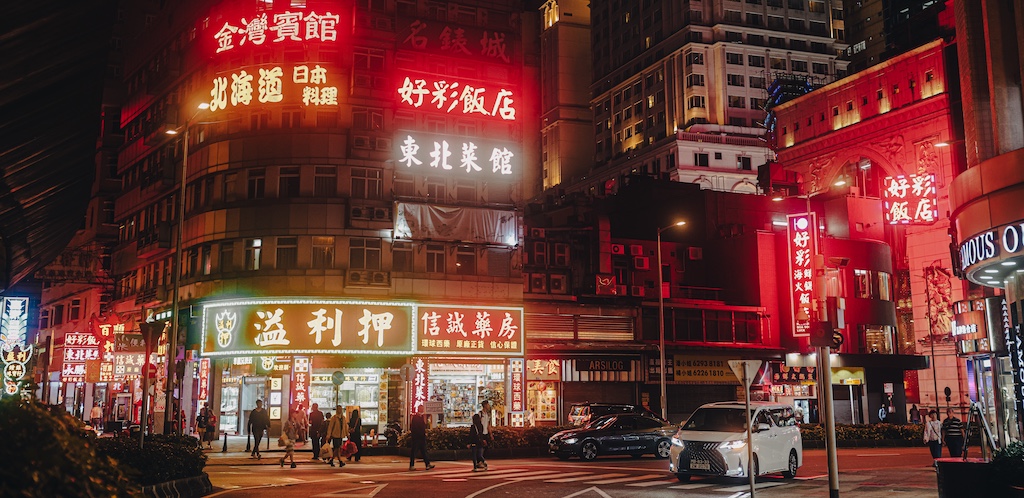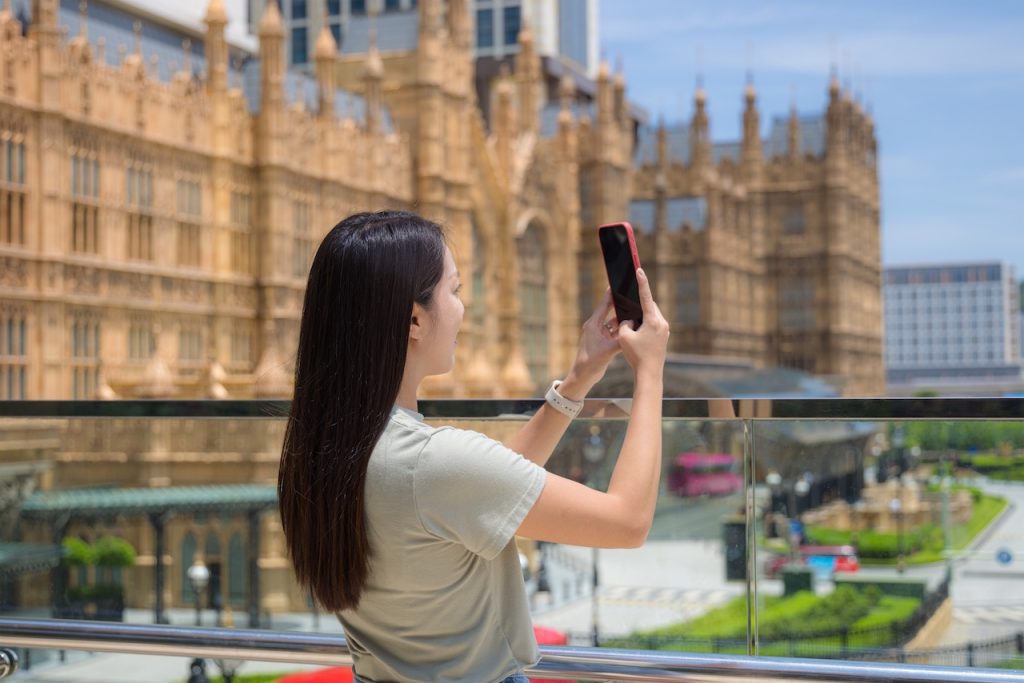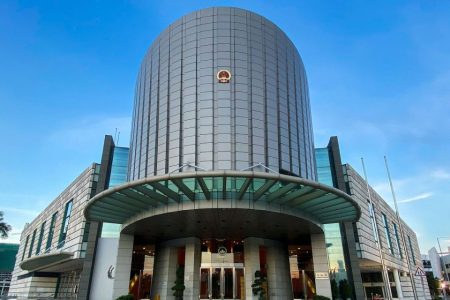Film tourism – that is the practice of travelling to locations associated with a popular film or TV series – is a booming business. Also known as “set-jetting” or “movie-induced tourism,” the industry is expected to hit a value of US$8 billion in the US alone, according to a 2026 trend report published by online travel platform, Expedia.
The same study noted that 53 percent of tourists had a greater desire to take part in a movie or TV-inspired vacation over the past year. Meanwhile, 81 percent of Gen Z and Millennial travellers said they had plans to engage in this type of special interest tourism.
With its ability to attract a large number of visitors, movie and TV show-inspired travel can easily put a previously unknown destination on the map, as exemplified by Matamata in New Zealand. Once an obscure rural town, Matamata now has a booming tourism industry fuelled by the nearby Hobbiton film set, where parts of the acclaimed Lord of the Ring trilogy was filmed.
[See more: 50 years of film: 12 of the best movies filmed in Macao]
Governments have also recognised the potential gains, with the UK and China launching screen tourism campaigns earlier this year to promote their film locations to overseas visitors.
While Macao has yet to embark on a dedicated campaign of this type, it is well-positioned to tap into the film tourism market due to its appearances in a wide number of renowned films over the decades, including Bruce Lee’s Fist of Fury (1972), Wong Kar Wai’s 2046 (2004) and Johnnie To’s Vengeance (2009). International filmmaker’s love affairs with the SAR have only continued, with the city gracing the silver screen this year in high-profile productions such as Honey Money Phony, The Shadow’s Edge and Ballad of a Small Player.
Promoting Macao through film
Film tourism is by no means new in Macao, as the city has dabbled in it to varying degrees over the years. For instance, local government agencies and private companies have staged exhibitions and attractions based on Macao-set films, as well as overseas franchises such as Harry Potter and Squid Games. The publishing of maps on social media based on the shooting locations of a particular film has also been tried and tested.
Meanwhile, the SAR government has sought to encourage more filmmakers to shoot in Macao by promoting the city at events such as Hong Kong’s FILMART and through initiatives like the Cultural Development Fund’s subsidy program for films and TV shows shot in Macao.
One other notable example of film tourism in the SAR is a series of film walking tours that were organised by the local film promotion organisation, Associação Audio-Visual Cut, in 2014 and 2021.
[See more: Top 6 unconventional Christmas movies]
According to the association’s founder, Albert Chu Iao Ian, the tours originally began life as a small-scale Macao travel event for the mainland readers of Top Magazine in 2014. Later that same year, larger tours were held as part of the 25th Macao Arts Festival, offering participants the chance to learn about various Chinese and overseas productions that were shot in Macao via two routes across the peninsula.
In 2021, the initiative was revived after the Cultural Affairs Bureau invited Chu’s association to organise walking tours to help promote Macao’s historic districts.
Under the banner of “Macao in Movies – Inner Harbour and Islands,” the Associação Audio-Visual Cut delivered tours along an Inner Harbour and Cotai route, introducing participants to locations that were featured in local and non-local films such as Rouge (1987), Fulltime Killer (2001), Sisterhood (2017) and Years of Macau – Dirty Laundry (2018).

Whereas the previous two editions had the association’s film researchers serving as the tour guides, the 2021 edition opted for a slightly different approach.
“In 2021, the tours weren’t one-off anymore, but were held on a weekly basis,” Chu explains. “We found a group of Macao directors or those involved in film production [to serve as the tour guides], and led them through the route first before giving them some information [regarding the movies and the historic sites].”
On the tours, Chu remembers that it was a “lively” event that saw participation from adults, children and cinephiles. “They thought this approach [to exploring Macao] was quite unique,” the association founder says. “Sometimes we would invite some Macao directors to appear in the locations where they did shooting and have them talk about their film. It made the whole experience quite fresh.”
[See more: What is Honey Money Phony, the new Chinese scam film that’s set in Macao?]
Although the tours have been on hiatus since 2021, Chu believes that such events have the potential to attract ordinary tourists or film aficionados, although that comes down to how the tours are framed.
“If you’re talking about ticking off the tourist spots, you might be able to attract them [regular visitors], but it depends on how you advertise the places [along the route],” he says. “If you’re looking at the tour from a cultural and art point of view, you would cater it more towards those who like movies or would like to learn more about culture.” Chu also believes that these walking tours have the ability to promote a particular spot and drive up consumption in the area.
Still, he recognises that they have limitations insofar as the group size is concerned. “You can’t have too many people on each trip because, on one hand, this impacts communication,” Chu points out, adding that his association purchased wireless headsets specifically for the 20 to 30 participants in the 2021 events. “On the other hand, the tour is conducted on foot and this can lead to the blocking of paths [for others].”
The pitfalls of film tourism
While the film tourism industry has had its fair share of success stories, Edith Cowan University associate professor Sean Kim warns that there have been failures.
The film tourism scholar mentions that in the wake of successful historic K-dramas such as Jewel in the Palace (2003), regional governments in South Korea were eager to capitalise on the genre’s popularity. They ended up investing a significant amount of money to build roughly 40 to 50 outdoor sets for similar TV programmes in the hope that these would become future tourist attractions.
[See more: Macao casino film ‘Ballad of a Small Player’ releases to mixed reactions]
“Eighty percent of those studios were shut down within five years because they could not generate any audiences who actually came to visit these locations,” Kim points out, adding that the venues were often of poor quality.
If Macao is to develop a successful film tourism plan of its own, it would do well to avoid such pitfalls by taking into consideration the complexity of the phenomenon. This includes accounting for the potential negative impact on local communities, which Kim says can be achieved by breaking the habit of excluding their voices in the media production process.

Mixing gastronomy with film tourism
In the context of Macao, Kim mentions that the city remains somewhat of an unknown entity to the general filmgoers and TV viewing audience who “don’t know much about it.” He suggests that the local authorities in charge of approving film productions “need to make a good connection between what Macao has to offer and the storylines of media products they are considering to be shot in Macao.”
One particular area that the tourism expert believes Macao could leverage upon in film and TV series productions is its rich Macanese culinary tradition.
[See more: What is The Shadow’s Edge, Jackie Chan’s new AI crime film set in Macao?]
“Anything associated with that kind of culinary heritage as a central part of the storyline or media production, I think is going to be a real hook [for audiences],” Kim says. “I’ve been to Macao for a very short period of time – only less than five hours – and for me, the hook was the uniqueness of the cuisine in Macao, which is totally different from Hong Kong.”
Of course, Macao already has an abundance of documentaries and reality programmes showcasing its gastronomy. But the idea of a major Macao-based film or TV series in the vein of Tampopo (1985), Eat Drink Man Woman (1994), Ratatouille (2007) or Bon Appétit, Your Majesty (2025) is a novel and frankly appetizing one that could very well translate into tangible benefits for the local tourism industry.






